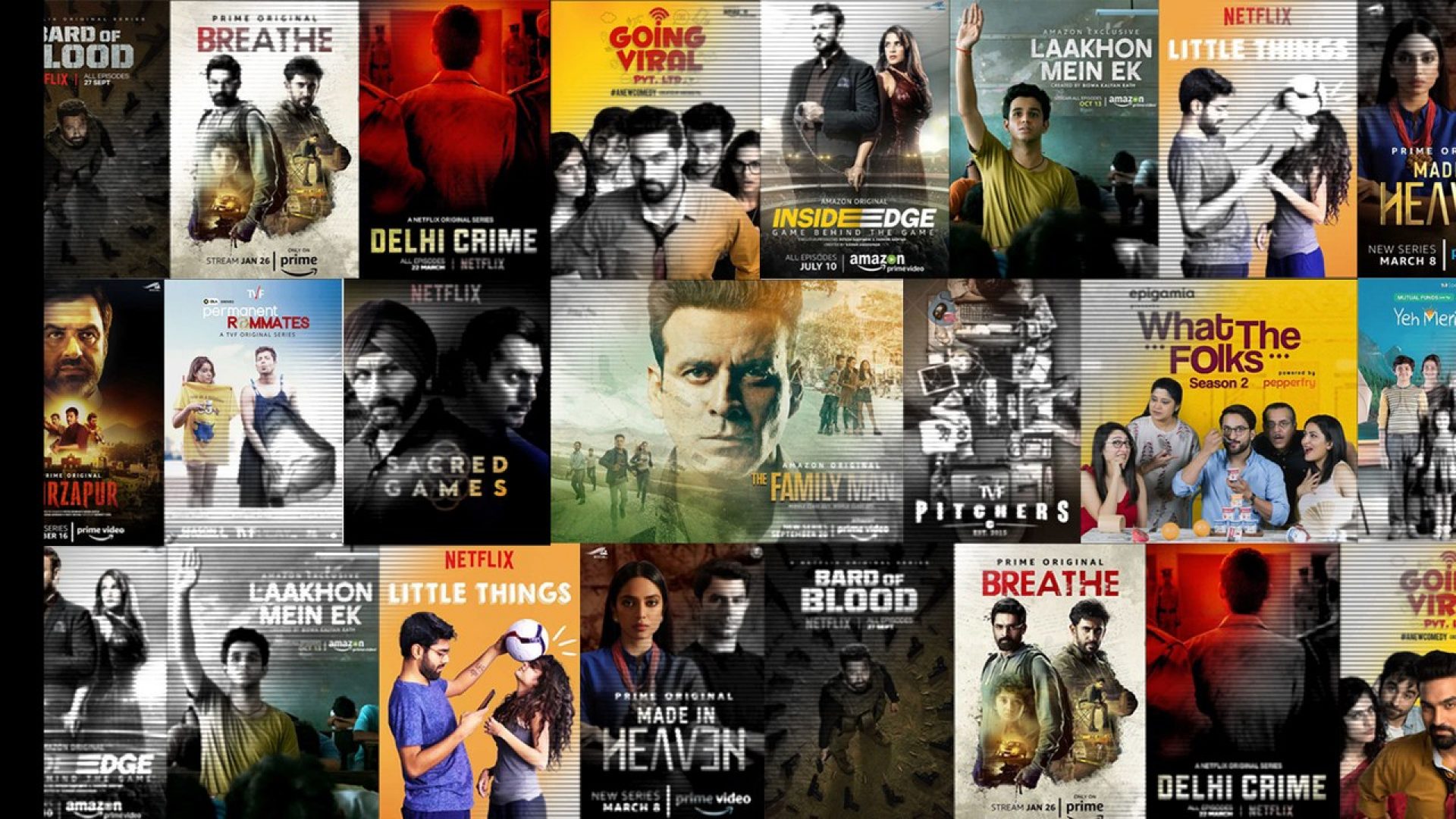Over the last year, especially since the Coronavirus outbreak, OTT (over-the-top) streaming as a medium has been getting a lot of attention and has also been at the core of several discussions pertaining to entertainment.
While popular streaming platforms like Netflix, Amazon Prime Video, and Disney+ Hotstar had a good amount of subscribers, the numbers shot up profusely during the lockdown. Other competitors who were still relatively new in the field including Zee5, ALT Balaji, Voot, Sony Liv, and MX Player also witnessed a substantial increase in their following.
In addition to ease of access and comfort, specifically restrictions imposed due to the pandemic, that contribute to the rapid increase in OTT consumption, it is also the variety it offers that has brought in more viewers. OTT is definitely a great gateway to global entertainment, but it is the profusion of home-grown content that seems to have attracted more people.
While OTTs offer different types of content, such as films (both, those exclusively produced for the platform or popular ones acquired later), documentaries, shows, stand-up specials etc., it is the long-form narrative style of web series or shows that appears to dominate the popular choice of content. Decreasing attention span has often been quoted as one of the reasons for this. Most episodes (around 45 minutes) are much shorter than films but binge watching has also become common among youngsters.
Long before OTTs emerged in the Indian entertainment scene it was YouTube which introduced this new format, almost a decade ago. Even before web series people had warmed up to YouTube sketches by channels such as AIB, TVF, EIC, and FilterCopy.
These were a welcome change from the content available on mainstream media; TV series and films. Sketches, or sketch comedy, consists of a series of short scenes on any subject and usually last no longer than 10 minutes in duration. They entertain, highlight issues, and even create awareness.
Despite the distinct ideas such sketches and web series offered a sense of universality at the same time. But over the years, certain tropes could be identified in them as well. Most common ones include modern relationships, college life, and friendship. TVF’s Permanent Roommates, Kota Factory and Dice Media’s Little Things (now a Netflix show), Operation MBBS are quintessential examples.
Web series were an exciting alternative to creators as well as consumers. Creative freedom without any censorship that the format offers was an amazing incentive to the former and the sheer innovation and originality sufficed to get the latter hooked to it.
Initially it was the youth; from teenagers in school to working young adults who comprised the audience, but this pattern has been changing in recent times.
Moreover, it is from these web series that numerous actors found a break, gained recognition, shot to fame and some eventually transformed to ‘OTT stars’, as they are referred to now.

